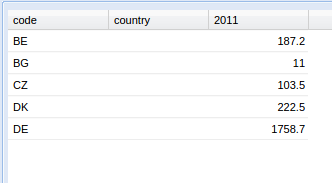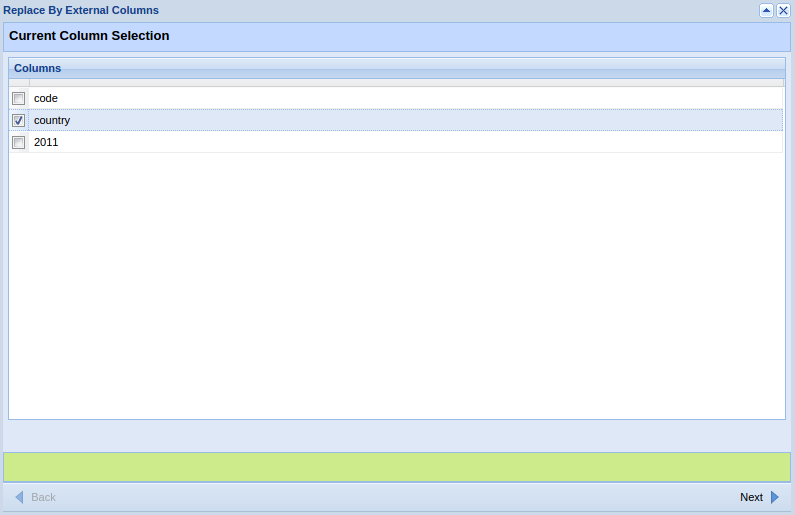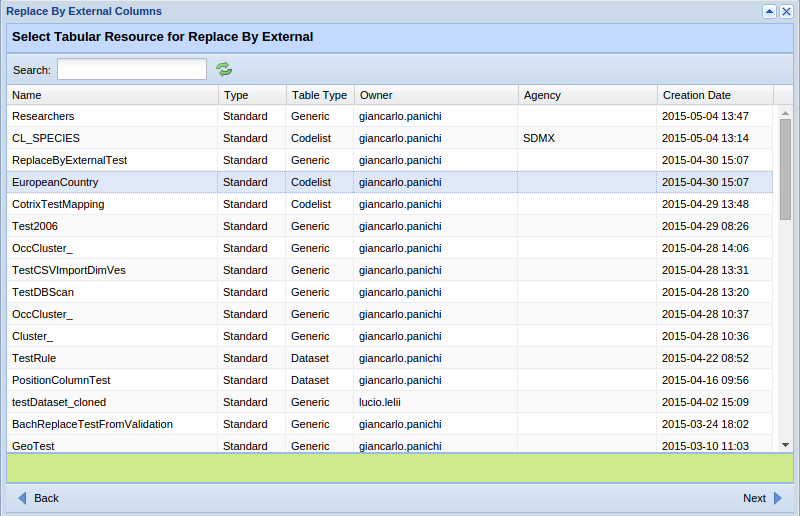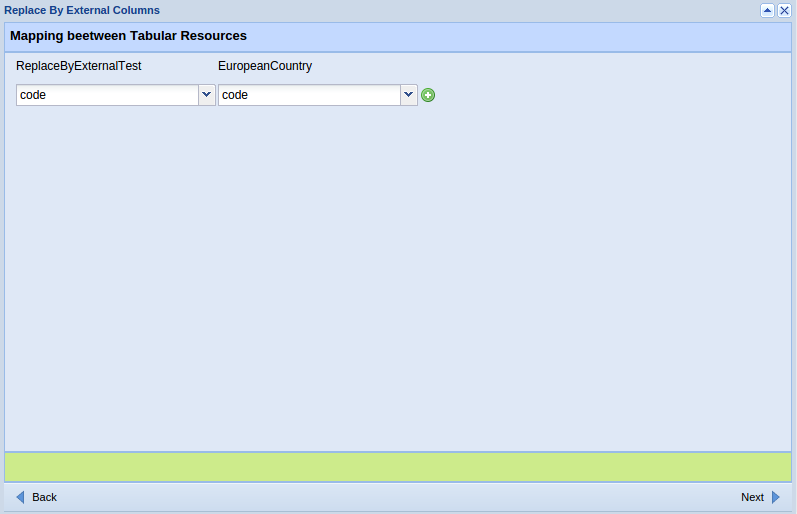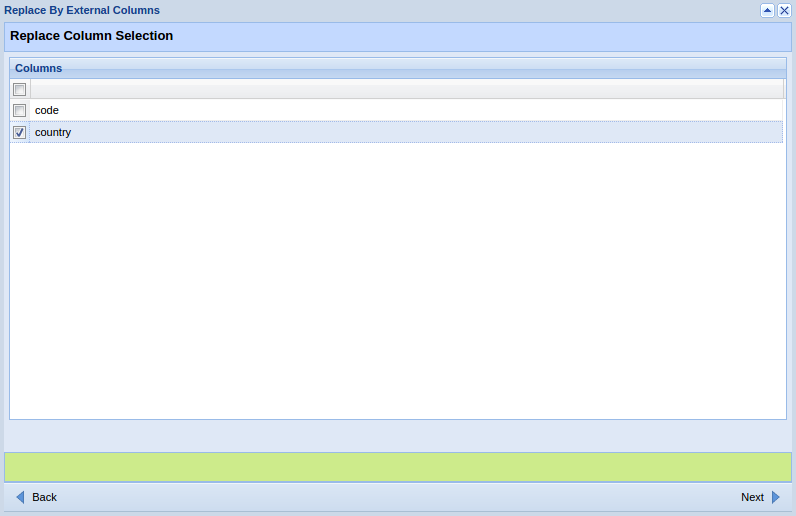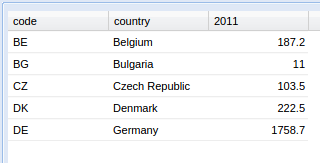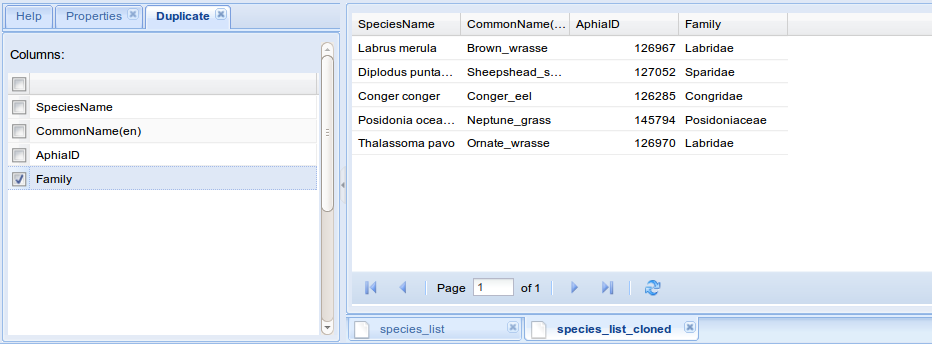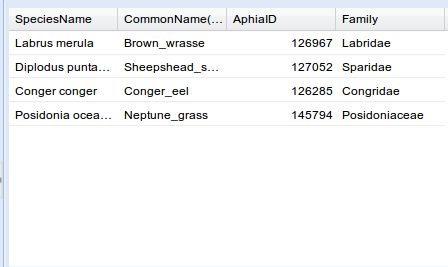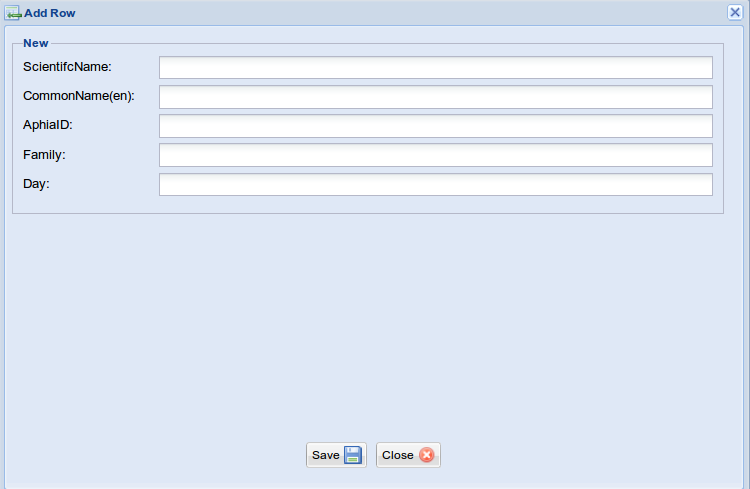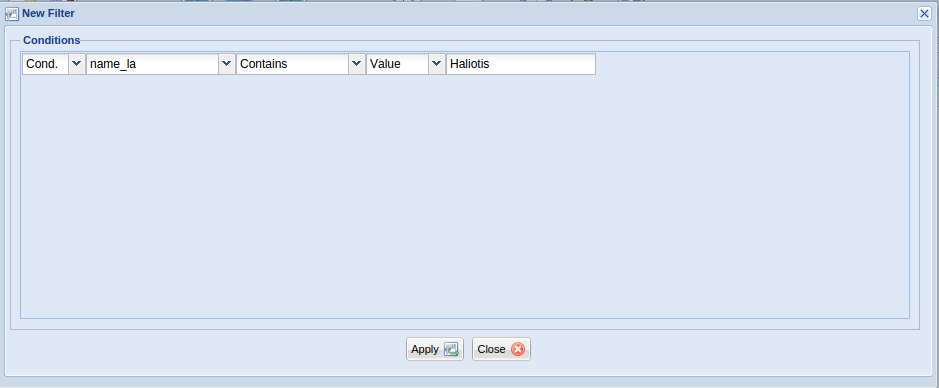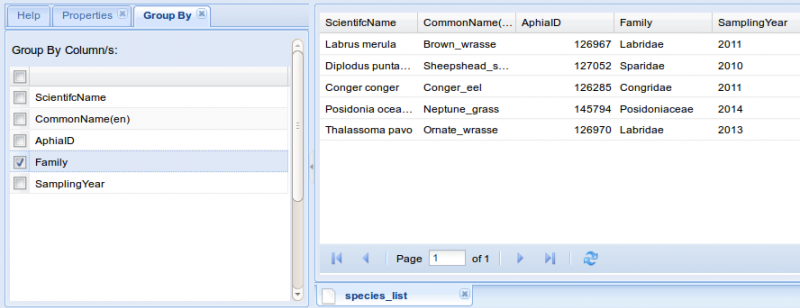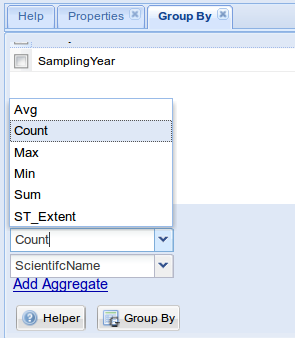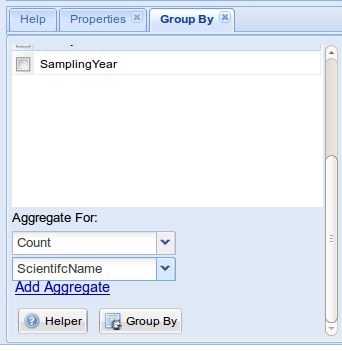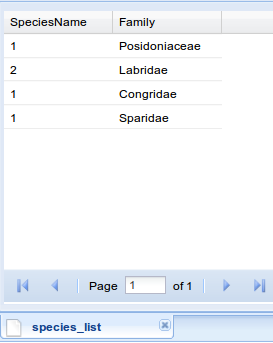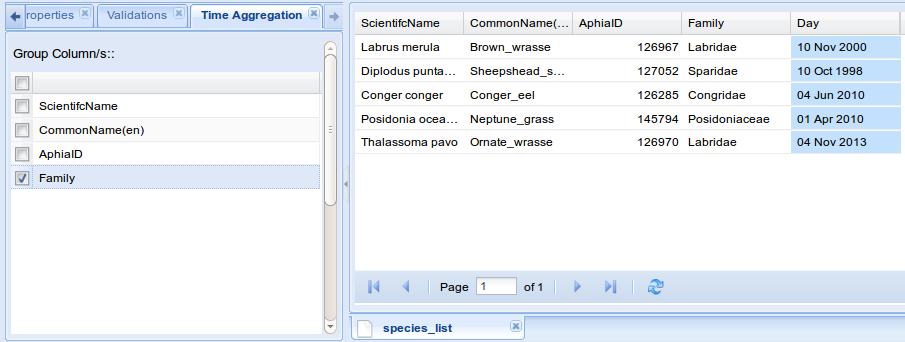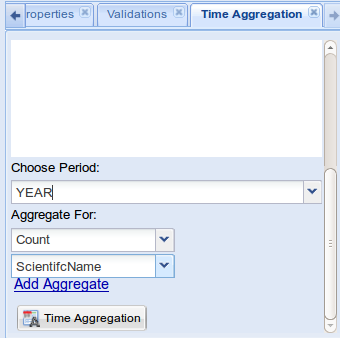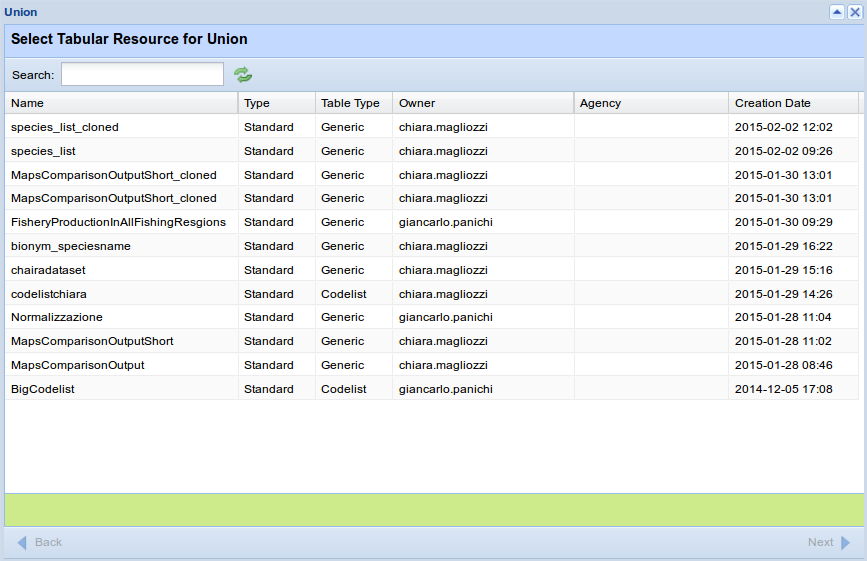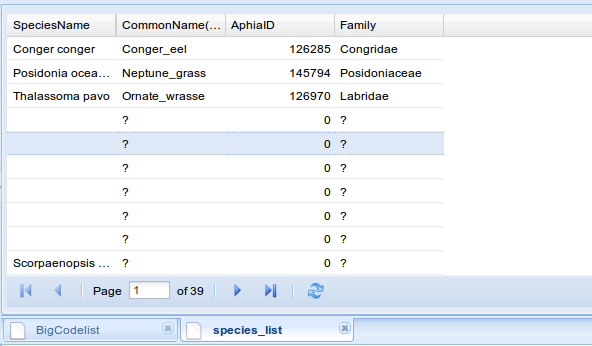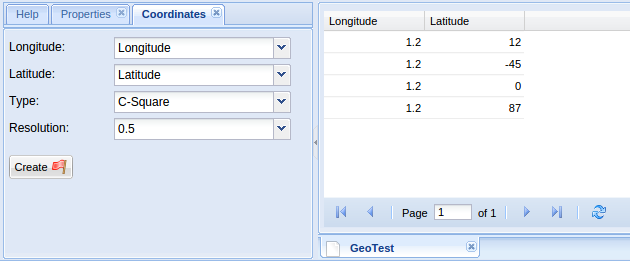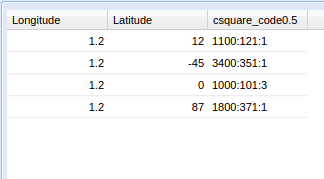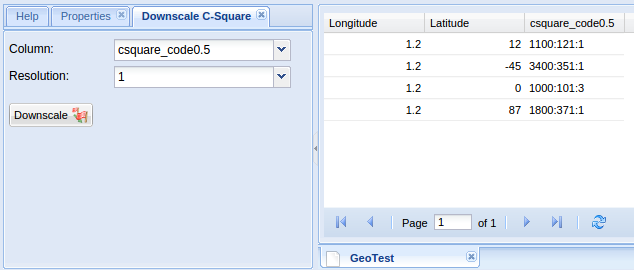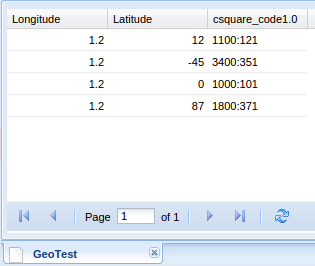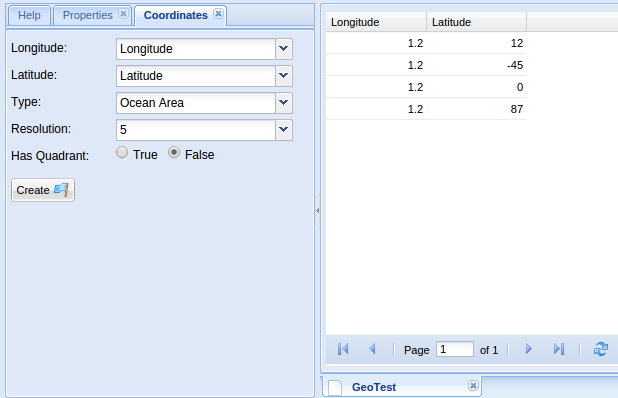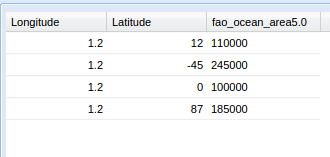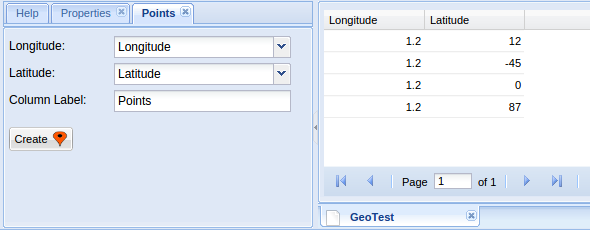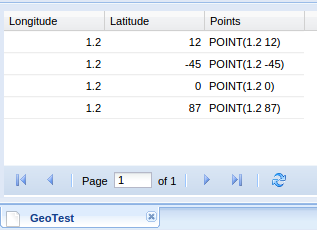Tabular Data Manager: Modify
From Gcube Wiki
Modify
- The modify tab includes several functions in the Table menu to work on your Tabular Resources (i.e group, add, delete, unify table etc...)
Rows Menu
Replace
Batch
- Look at Replace Batch section.
By Expression
- Look at Replace by Expression section.
By External
- You can replace column content using a external tabular resource. In this example you populate the country column using as a reference the code column. Given the following table:
- Now you indicate that you want to fill country column:
- You choose a tabular resource from which you will take the data:
- You indicate which columns to use as reference between the two tabular resources:
- You choose the column from which we extract the data:
- The result will be:
Delete
Selected
- You can delete a row or multiple rows in your Tabular resource by fist selecting and then clicking on the button Delete row.
Duplicate
- You can delete duplicates in one or more columns in your table by selecting the relative columns in the column list.
- After deleting the duplicate, the original tabular resource will appear without the row corresponding to the family duplicate:
By Expression
- You can delete rows using expression.
Add
- You can add a row to your Tabular resource by clicking on the button Add row.
Filter
- This function allows delete the columns that does not match with the criteria established by the user, so the tabular resource is modified.
- Note that in the case of filter on multi columns parentheses must correspond correctly.
Table Menu
Group by
- In the Table menu, the Group by button allows to group the columns of your Tabular Resource accordingly to their average, counts, max, min etc...
- Once selected the table to work on, the system asks to tick from the column list that one the grouping must replies on:
- then define the criteria, from the aggregation list, by selecting the method and the reference column:
- The original table has been transformed into:
Time aggregation
- The Time aggregation allows to order your data according to a time dimensional column. Before execute this function, you need to be sure that the column you want to aggregate is a time dimension type. You can modify your column by using the Column type function in the Structure menu of the Curation tab.
- First select one or more columns you want to use to apply the function
- then define the criteria, from the aggregation list, by selecting the method and the reference column/s:
Union
- In the Table menu, the Union button allows to relate one or more columns of your tables resources in one file.
- Here below, an example of the functionality of the Union button with one tabular resources.
- Selection of the files:
- Selection of the column within the table resources to unify:
- The original table has been transformed into:
- A final pop-up window will inform you about the success of the union procedure.
- Note: The system will report a question mark for the fields that are not involved in the union.The same if,in the selected column, there are empty fields.
Geospatial Menu
C-Square
- Allows the creation of C-Square coordinates(If necessary, you may have to change column type in Numeric or Integer):
- Result
Downscale C-Square
Note, if necessary, you may have to change column type in Numeric or Integer:
- Result
Ocean Area
- Allows the creation of Fao Ocean Area coordinates:
- Result
Geometry Menu
Points
- Allows the creation of Points:
- Result

